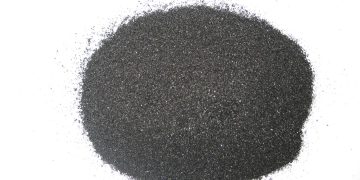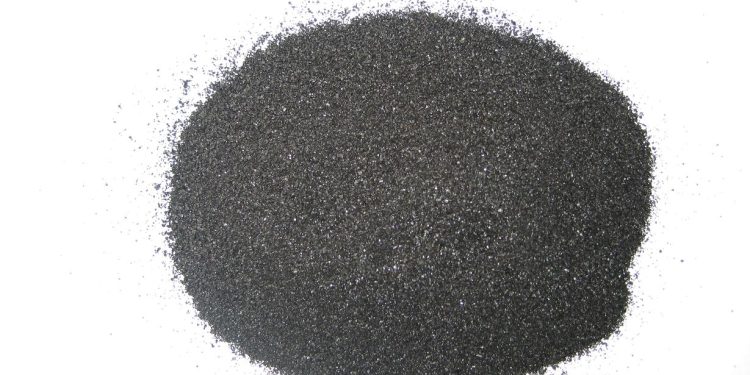#PotassiumHumate #SoilAmendments #PlantGrowthPromoter #Leonardite #Lignite #DefloculatingAgent #pHControl #FiltrationSystem #HumicAcidContent
Potassium humate is a vital component of soil amendments used in agriculture. It is derived from humic acid, which is extracted from natural sources such as leonardite or lignite. Potassium humate is commonly used as a soil conditioner and plant growth promoter. However, producing soluble potassium humate can be challenging. In this article, we will discuss the common problems associated with the production of soluble potassium humate and provide tips and tricks to overcome these problems.
Common problems with potassium humate defloculation:
- Insolubility: One of the most common problems encountered in the production of soluble potassium humate is insolubility. Potassium humate is naturally insoluble in water and requires an appropriate defloculating agent to be made soluble.
- Low solubility: Even after using defloculating agents, the solubility of potassium humate can be low, which affects its efficacy as a soil conditioner.
- Poor quality: Poor-quality potassium humate can result in a lower nutrient value and reduced plant growth.
Tips and tricks for producing soluble potassium humate:
- Use the right defloculating agent: The choice of defloculating agent can significantly affect the solubility of potassium humate. Sodium hydroxide or potassium hydroxide are commonly used defloculating agents.
- Control pH and temperature: The pH and temperature of the reaction mixture can significantly affect the defloculation of potassium humate. The optimum pH range for defloculation is 9-11, while the ideal temperature range is between 70-90°C.
- Use high-quality raw materials: The quality of the raw materials used in the production of potassium humate can significantly affect its solubility and nutrient value. High-quality leonardite or lignite with a high humic acid content should be used.
- Optimize reaction time: The reaction time required for defloculation varies depending on the defloculating agent used and the quality of the raw materials. Optimization of reaction time is essential to ensure maximum defloculation efficiency.
- Use a filtration system: A filtration system can be used to remove insoluble impurities from the potassium humate solution, resulting in a more uniform and high-quality product.
Conclusion:
Producing soluble potassium humate can be a challenging task, but by following the tips and tricks outlined above, it is possible to produce a high-quality product with optimal nutrient value. The quality of the raw materials used, the choice of defloculating agent, and optimization of reaction conditions are crucial factors in achieving maximum defloculation efficiency. With the right approach and attention to detail, soluble potassium humate can be produced with ease.































